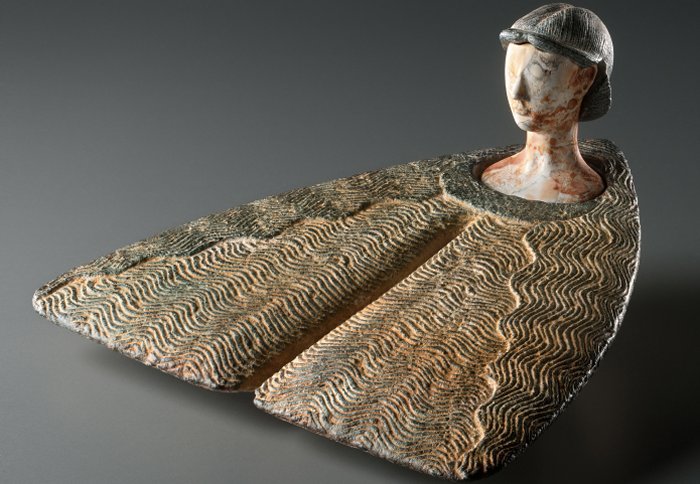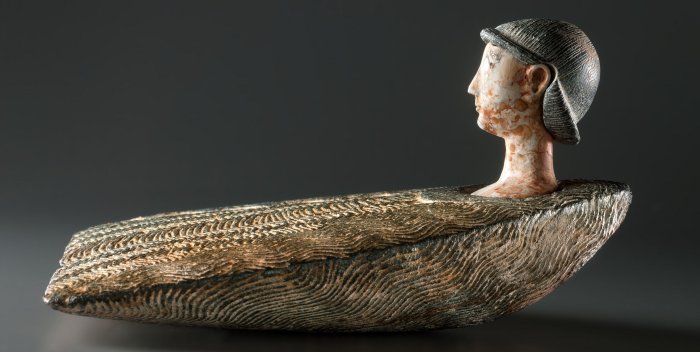Strange Flat Idol Sculpture From Bactria Remains Unexplained
Conny Waters - AncientPages.com - Some ancient artifacts can be very strange and it’s difficult to explain why our ancestors created them.
This odd-looking flat idol dated to late 3rd millennium B.C was discovered in Bactria, an ancient kingdom that was once part of the Achaemenid Empire (559-330 B.C).
The Graeco-Bactrian Kingdom was located in the easternmost region of the Hellenistic world. This ancient kingdom covered Bactria (northern Afghanistan) and lands to the north (known in ancient times as Sogdiana, in present-day Turkmenistan, Uzbekistan and Tajikistan).
Image credit: Phoenix Ancient Art
The Bactrian civilization produced a number of standing and seated statues. They also created statuettes with a flat, schematic and triangular body, like this one.
Unfortunately, archaeologists have discovered very few such ancient artifacts making it impossible to determine the purpose of the figure.
See also:
Unusual Ancient Winged Half-Human And Half-Animal Divine Creature With Supernatural Powers
Lamashtu Plaque Also Known As ‘Hell Plaque’: Assyrian Healing Device Against The Evil Goddess
Utukku: Sumerian Spirit From The Underground That Obeyed The Will Of God Anu
Utukku Lemnutu: Incantations Used As Therapy In Mesopotamia
However, since all flat idol statues can be traced to necropolises, one can presume they must have played an important role in our ancestors’ beliefs about the afterlife and the concept of the soul.
Image credit: Phoenix Ancient Art
Similar prototypes have been encountered “in Iranian and Mesopotamian iconography, their meaning would have been different and linked to the funeral sphere, whether they would have represented a deity, a deceased (or an image of the deceased), a simple offering bearer, etc. Besides, the existence of several types of statuettes varying from one another would suggest that different figures would have been depicted with similar features or that they embodied different aspects of the same figure.” 1
According to the Sumerian belief, after death, people would take a journey to the Underworld, a gloomy and unpleasant realm. Perhaps the unusual triangular figure was regarded as a representation of a deity. Another possibility is that depicts a deceased person on his or her way to the afterlife.
Written by Conny Waters – AncientPages.com Staff Writer
Copyright © AncientPages.com All rights reserved. This material may not be published, broadcast, rewritten or redistributed in whole or part without the express written permission of AncientPages.com
Expand for references- Phoenix Ancient Art
More From Ancient Pages
-
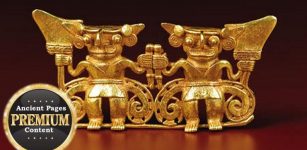 Bolivia And The Mystery Of The Twins Of Atlantis
Featured Stories | Nov 16, 2014
Bolivia And The Mystery Of The Twins Of Atlantis
Featured Stories | Nov 16, 2014 -
 On This Day In History: The Battle Of Actium – Sep 2, 31 BC
News | Sep 2, 2016
On This Day In History: The Battle Of Actium – Sep 2, 31 BC
News | Sep 2, 2016 -
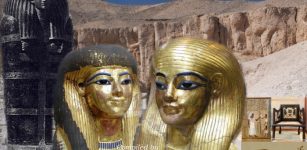 Amazing Tomb Of Yuya And Tjuyu Filled With Ancient Treasures In The Valley Of The Kings
Featured Stories | Jun 2, 2021
Amazing Tomb Of Yuya And Tjuyu Filled With Ancient Treasures In The Valley Of The Kings
Featured Stories | Jun 2, 2021 -
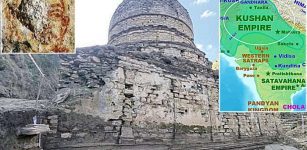 2,000-Year-Old Buddhist Complex Unearthed In Northern Swat, Pakistan
Archaeology | Feb 20, 2021
2,000-Year-Old Buddhist Complex Unearthed In Northern Swat, Pakistan
Archaeology | Feb 20, 2021 -
 Unusual Ancient Winged Half-Human And Half-Animal Divine Creature With Supernatural Powers
Artifacts | Jul 30, 2019
Unusual Ancient Winged Half-Human And Half-Animal Divine Creature With Supernatural Powers
Artifacts | Jul 30, 2019 -
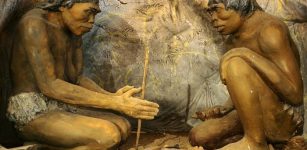 Early Humans Used Fire To Make Stone Tool – New Study
Archaeology | Oct 16, 2020
Early Humans Used Fire To Make Stone Tool – New Study
Archaeology | Oct 16, 2020 -
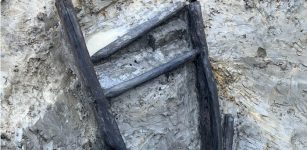 Incredibly Well-Preserved 1,000-Year-Old Wooden Ladder Discovered In The UK
Archaeology | Apr 30, 2022
Incredibly Well-Preserved 1,000-Year-Old Wooden Ladder Discovered In The UK
Archaeology | Apr 30, 2022 -
 Unexplained Historical Mass Disappearances – Where Did They Go? – Part 2
Featured Stories | Jun 4, 2019
Unexplained Historical Mass Disappearances – Where Did They Go? – Part 2
Featured Stories | Jun 4, 2019 -
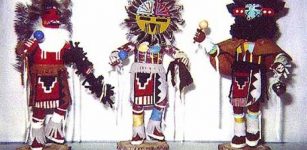 Astonishing Secrets Of Legendary Kachinas: Watchers Of The Hopi
Civilizations | Apr 8, 2017
Astonishing Secrets Of Legendary Kachinas: Watchers Of The Hopi
Civilizations | Apr 8, 2017 -
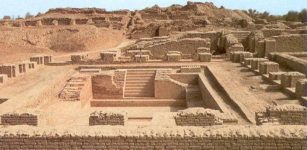 How Did Indus Civilization Manage To Resist Climate Change?
Archaeology | Feb 22, 2017
How Did Indus Civilization Manage To Resist Climate Change?
Archaeology | Feb 22, 2017 -
 Discovery: Massive Gawro Wall Dated To The Antique Age: Was It A Symbolic Or Defensive Structure?
Archaeology | Nov 9, 2019
Discovery: Massive Gawro Wall Dated To The Antique Age: Was It A Symbolic Or Defensive Structure?
Archaeology | Nov 9, 2019 -
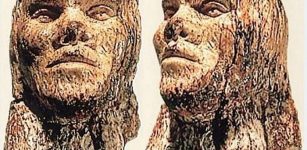 Incredible Mammoth Ivory Male Head From Dolni Vestonice, Czech Dated To 26,000 BC
Artifacts | Jun 23, 2015
Incredible Mammoth Ivory Male Head From Dolni Vestonice, Czech Dated To 26,000 BC
Artifacts | Jun 23, 2015 -
 Discovery In Alabama Reveals Evidence Of Skull Surgery In North America Thousands Of Years Earlier Than Previously Thought
Archaeology | Apr 2, 2022
Discovery In Alabama Reveals Evidence Of Skull Surgery In North America Thousands Of Years Earlier Than Previously Thought
Archaeology | Apr 2, 2022 -
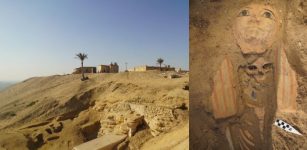 Ancient Egyptian Tombs With Stunning Trove Of Artifacts And Human Remains Unearthed In Saqqara
Archaeology | Jan 17, 2024
Ancient Egyptian Tombs With Stunning Trove Of Artifacts And Human Remains Unearthed In Saqqara
Archaeology | Jan 17, 2024 -
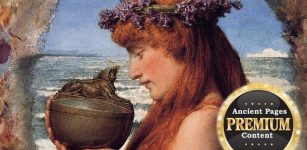 The Opening Of Pandora’s Box May Have Been A Real Event
Featured Stories | Jun 22, 2021
The Opening Of Pandora’s Box May Have Been A Real Event
Featured Stories | Jun 22, 2021 -
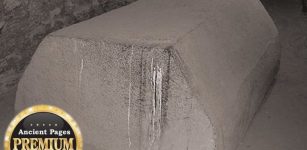 Mystery Of Ancient Sarcophagi In Egypt
Featured Stories | Aug 26, 2015
Mystery Of Ancient Sarcophagi In Egypt
Featured Stories | Aug 26, 2015 -
 Strange Case Of A Victim Who Solved Her Own Murder – Unusual Powers Of The Human Mind
Featured Stories | Feb 15, 2019
Strange Case Of A Victim Who Solved Her Own Murder – Unusual Powers Of The Human Mind
Featured Stories | Feb 15, 2019 -
 Is The Legendary Tsuchinoko Real?
Featured Stories | Aug 21, 2019
Is The Legendary Tsuchinoko Real?
Featured Stories | Aug 21, 2019 -
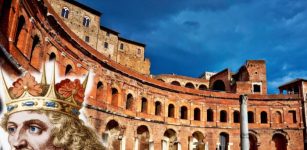 On This Day In History: First Siege Of Rome Began – On March 2, 537
News | Mar 2, 2017
On This Day In History: First Siege Of Rome Began – On March 2, 537
News | Mar 2, 2017 -
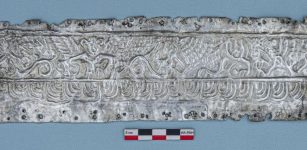 Unique Plate Of Winged Scythian Gods And Walking Griffons Discovered In Middle Don
Archaeology | Nov 19, 2021
Unique Plate Of Winged Scythian Gods And Walking Griffons Discovered In Middle Don
Archaeology | Nov 19, 2021

